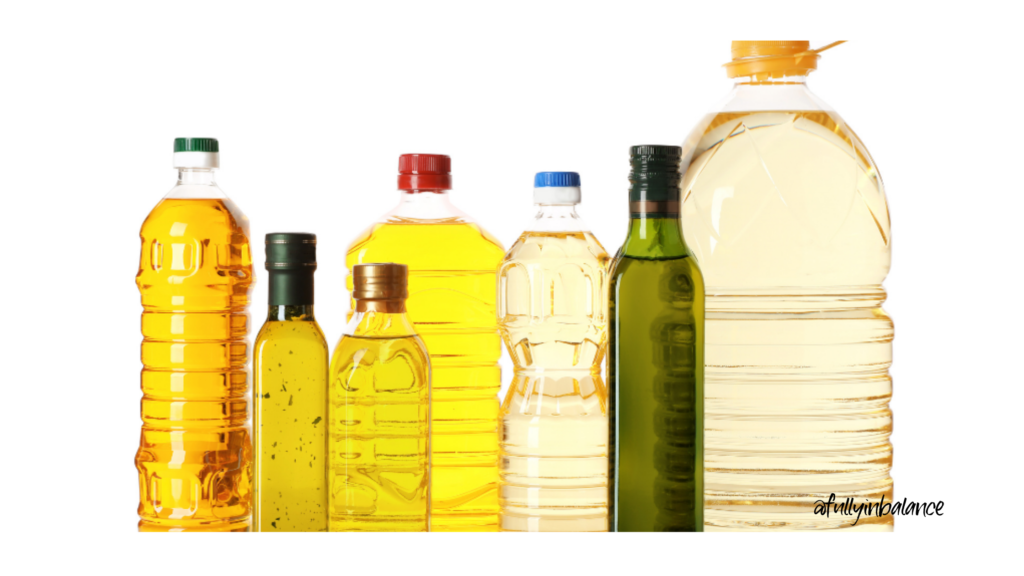Cooking Oils You Need to Know and How to Use Them!
Ever wondered how often we use oils in Jewish cuisine?
Navigating the realm of cooking oils can indeed present a puzzle. Whether it’s achieving that perfect crispiness in latkes, crafting delectable Pesach cakes, preparing comforting Shabbos kugels, or tossing vibrant salads, oils play a vital and versatile role in every step of the Jewish culinary journey.
Deciding on the best oil for cooking can be a bit confusing and therefore I have put together a useful guide.
Before we dive in, let’s think about a few things:
What are we using the oil for? Cooking, frying, making salads, or baking?
What is the oil’s smoke point level and its fatty acid healthy balance?
It’s like a balancing act. On one hand, we want an oil that works well at high heat, but we also want it to have the right kinds of healthy fats, like Omega 3 and Omega 6.
And if the oil has lots of good stuff like antioxidants and vitamins, that’s even better!
When possible, buy and use organic, unrefined, cold-processed vegetable oils.
For Salads: or to add to cooked foods: use extra virgin olive oil, but not for high-temperature cooking.
For Baking: use virgin coconut oil (high in beneficial saturated fats) for most mid-temperature cooking. However, coconut oil has a smoke point of about 171C / 350F degrees. This means it is not suitable for high-temperature cooking.
For Cooking: at high temperatures, use avocado oil, it has a very high smoke point by comparison to other cooking oils. It will not burn or smoke until it reaches 271C/ 520F, this is ideal for searing meats and frying in a wok.
For Frying: Schnitzel, falafel, or donuts on Chanukah, avocado oil will be your oil. If it’s not available, you might want to choose an oil that is not that healthy from the fat point of view, but yes from the smoke point of view. Peanut oil can stand a high smoke point and not cause the oil to oxidize quickly, which causes body inflammation. Peanut oil may not be the healthiest oil but it is the healthiest choice when it comes to frying if you don’t have avocado oil.
Where it might not be so easy to find Kosher avocado oil in many European countries, and yes, it might be more expensive than others, however, isn’t your health worth the expense?
Good news are that Iherb.com delivers internationally to your door Kosher avocado oil La Tourangelle, Delicate Avocado Oil with StarK hechsher, so might be worth the investment for your health.
To help clarify some confusion with oil usage here is a chart with the basic ones.
COOKING OIL COMPARISON CHART
| Cooking Oils / Fats | Smoke Point °C | Smoke Point °F | Omega-6: Omega-3 Ratio (plus other relevant fat information) |
|---|---|---|---|
| Extra virgin olive oil | 160°C | 320°F | 73% monounsaturated, high in Omega 9 |
| Unrefined walnut oil | 160°C | 320°F | 5:1 |
| Coconut Oil | 177°C | 350°F | 86% healthy saturated, lauric acid (has antibacterial, antioxidant, and antiviral properties). Contains 66% medium chain triglycerides (MCTs). |
| Canola Oil | 200°C | 350°F | Canola oil 200°C 400°F 2:1, 62% monounsaturated, 32% polyunsaturated |
| Sesame Oil | 210°C | 410°F | 42:1 |
| Peanut Oil | 227°C | 440°F | 32:1 |
| Sunflower Oil | 277°C | 440°F | 40:1 |
| Palm oil | 232°C | 450°F | 46:1, mostly saturated and monosaturated |
| Avocado Oil | 271°C | 520°F | 12:1, 70% monounsaturated, (68% Omega-9 fatty acids) High in vitamin E. |
- Any oil starts to degrade once it reaches its smoke point. So, if you accidentally let your oil smoke or catch fire, get rid of it and start over.
- If oil smells bad, don’t use it. When an oil is stored too long it can become oxidized or rancid. It will have a distinct smell, and you should get rid of it.
- Don’t reuse or reheat any cooking oil.
- Buy cooking oils in smaller containers to avoid waste, and store them in a dark, cool place to keep them fresh longer.
- Choose oils with less than 4 grams of saturated fat per tablespoon.
Healthy fats are essential to give the body the energy it requires and to support cell growth.
Know your fats, know your oils and how to use them to maintain that healthy lifestyle you are seeking.



